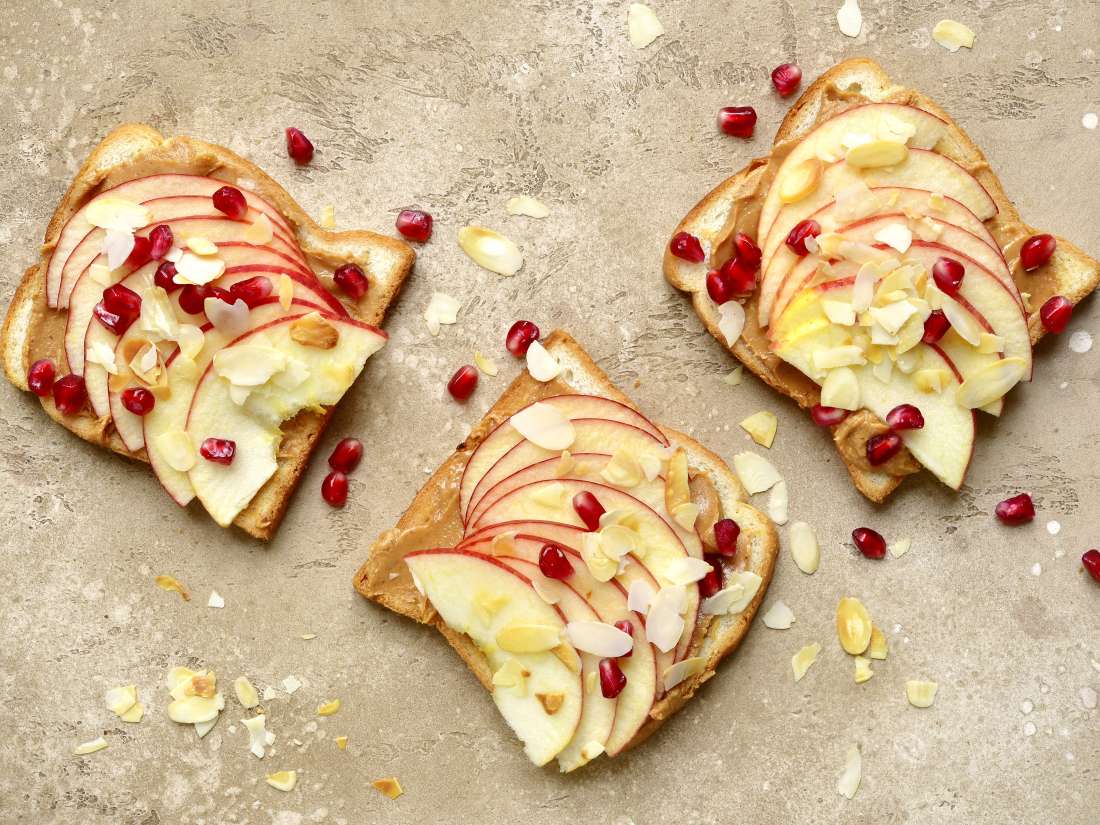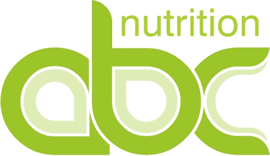By Rachel Nall, RN, MSN
Reviewed by Natalie Olsen, RD, LD, ACSM EP-C
While doctors do not know exactly what causes rheumatoid arthritis, researchers are examining the role that the diet may play in inflammation. Eating foods that fight inflammation has the potential to reduce the symptoms of rheumatoid arthritis, such as pain and swelling.
An anti-inflammatory diet involves eating healthful foods that help reduce inflammation in the body. Doctors have identified that some foods and seasonings can reduce the number of inflammatory compounds in the body. Examples include cocoa, the capsaicin in chili peppers, and foods containing vitamin D.
Making small but meaningful changes to the diet may reduce the inflammation that rheumatoid arthritis (RA) causes, while also boosting energy and making it easier to achieve and maintain a healthy weight.
In this article, we look at several anti-inflammatory recipes for different times of the day. Many of the recipes and suggested meals below are also suitable for vegetarians and vegans.
Breakfast recipes
To feel satiated on an anti-inflammatory diet, people may wish to start the day with a protein-rich breakfast. Examples include:
- an egg-white omelet that includes fresh vegetables, such as spinach and peppers
- probiotic yogurts that include fresh fruits, such as the ones we list below
- whole-wheat toast with either low-sugar fruit preserve, nut butter with fresh apple slices, or avocado
- A warm cup of green tea is an excellent choice for an anti-inflammatory breakfast drink.
Fruit
Incorporating fruit into the diet at breakfast, during the day as a snack, or as an after-dinner dessert can help fight inflammation. People should aim to eat 1.5 to 2 cups of fruit with each meal.
Examples of fruits to include are:
- blackberries
- blueberries
- cherries
- strawberries
- Seasonal fruits can also be beneficial. Mango and pomegranate are two excellent options when they are available.
Fiber-rich oatmeal
Oatmeal is a fiber-rich food that is easy for people to include in an RA diet. Where possible, it is best to choose slow-cooked oats over instant ones as they tend to be lower in sugar. Adding the berries in the list above can boost the nutritional content of the oatmeal and enhance the flavor.
Lunch recipes
For lunch, people should look to include whole grains, vegetables, fruits, and lean proteins. Below are some examples of anti-inflammatory lunch options.
Salads
Fresh, green salads are a great anti-inflammatory option for lunch. Start with a base of spinach, kale, or both and then add fruits, such as tomatoes, oranges, and thinly sliced apples.
According to a 2017 review, these fruits could help reduce the expression of some inflammatory compounds.
Soups
Soups are an excellent way to add vegetables and protein-rich foods to the diet. Examples of soup options to try include:
- carrot, tomato, and lentil soup
- apple and onion soup
- curried sweet potato soup
- Most of these soups contain ingredients that people can also use in breakfast and dinner meals.
Dinner recipes
As a general rule, anti-inflammatory recipes for dinner should include a lean protein, which is a protein that is also low in fat. Examples include:
- salmon
- sardines
- tuna
- tofu
- beans
- lentils
An anti-inflammatory diet allows the addition of a little extra-virgin olive oil and seasonings to taste, which can help enhance the flavor.
Extra-virgin olive oil is less processed and refined than most olive oil options. As a result, it may be more nutrient-dense.
Some seasonings, such as ginger and turmeric, include compounds that may have inflammation-fighting properties.
Tasty sides
Vegetables can complement inflammation-fighting protein sources perfectly. Good vegetable choices include broccoli, spinach, and kale.
Beans are a source of fiber that can boost the overall nutrient levels of a person with RA. They also contain the vitamins iron, magnesium, potassium, and zinc.
The Arthritis Foundation recommend eating at least 1 cup of beans twice a week. Examples include:
- black beans
- garbanzo beans
- pinto beans
- red kidney beans
- A bean medley can make an excellent, protein-packed side dish or main meal.
Stir-fry options
Another dinner option for an anti-inflammatory diet is to create a delicious stir-fry. This can include a variety of proteins and vegetables in addition to rice or noodles.
One anti-inflammatory food that people should include in a stir-fry is onions. Onions contain plenty of antioxidants that can help fight inflammation. They also blend well with other stir-fry vegetables, such as sugar snap peas, carrots, peppers, and green beans.
Red wine
Red wine contains a compound called resveratrol, which has some anti-inflammatory properties.
However, alcohol can interact negatively with some RA medications, such as methotrexate. Therefore, people taking medication for RA should always talk to a doctor before including red wine in their diet.
Snack and quick recipe options
Eating snacks is a great way to stay full throughout the day and avoid the temptation of high-sugar and high-salt foods. These types of food may increase inflammation in the body.
A simple anti-inflammatory snack is a mix of seeds and nuts, which could include:
almonds
pine nuts
pistachios
walnuts
chia seeds
Another tasty snack or dessert option is a few squares of high-cocoa chocolate, which has a cocoa percentage of 70 or more. Cocoa is high in flavanols, which are compounds that can have anti-inflammatory effects in the diet.
Weight loss
If a person with RA is trying to lose weight, an anti-inflammatory diet is usually a great place to start.
Eating a diet rich in fruits, vegetables, whole grains, and lean proteins is often sufficient to lose weight while still taking in enough calories each day.
List of key foods to include
According to the Arthritis Foundation, around two-thirds of a person's diet should come from whole grains, fruits, and vegetables. The remaining one-third should comprise low-fat dairy and lean protein sources.
Some of the foods that research has shown to relieve inflammation include cold-water fish that contain omega-3 fatty acids. Examples of these fish include:
herring
mackerel
salmon
trout
tuna
Extra-virgin olive oil could also help fight inflammation. Many doctors recommend creating recipes from a Mediterranean diet, which is usually rich in fish, fruits, vegetables, and whole grains.
Foods rich in vitamin D may also help reduce inflammation. Examples include:
cereals fortified with vitamin D
eggs
fortified bread
low-fat milk fortified with vitamin D
mushrooms
Snack and quick recipe options
Eating snacks is a great way to stay full throughout the day and avoid the temptation of high-sugar and high-salt foods. These types of food may increase inflammation in the body.
A simple anti-inflammatory snack is a mix of seeds and nuts, which could include:
- almonds
- pine nuts
- pistachios
- walnuts
- chia seeds
Another tasty snack or dessert option is a few squares of high-cocoa chocolate, which has a cocoa percentage of 70 or more. Cocoa is high in flavanols, which are compounds that can have anti-inflammatory effects in the diet.
Weight loss
If a person with RA is trying to lose weight, an anti-inflammatory diet is usually a great place to start.
Eating a diet rich in fruits, vegetables, whole grains, and lean proteins is often sufficient to lose weight while still taking in enough calories each day.
List of key foods to include
According to the Arthritis Foundation, around two-thirds of a person's diet should come from whole grains, fruits, and vegetables. The remaining one-third should comprise low-fat dairy and lean protein sources.
Some of the foods that research has shown to relieve inflammation include cold-water fish that contain omega-3 fatty acids. Examples of these fish include:
- herring
- mackerel
- salmon
- trout
- tuna
Extra-virgin olive oil could also help fight inflammation. Many doctors recommend creating recipes from a Mediterranean diet, which is usually rich in fish, fruits, vegetables, and whole grains.
Foods rich in vitamin D may also help reduce inflammation. Examples include:
- cereals fortified with vitamin D
- eggs
- fortified bread
- low-fat milk fortified with vitamin D
- mushrooms











